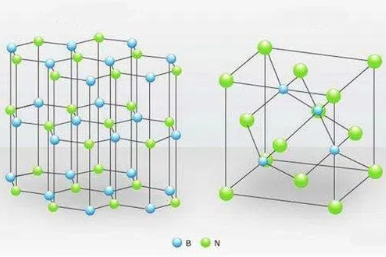ASTM B348 Standard Specification For Titanium And Titanium Alloy Bars And Billets
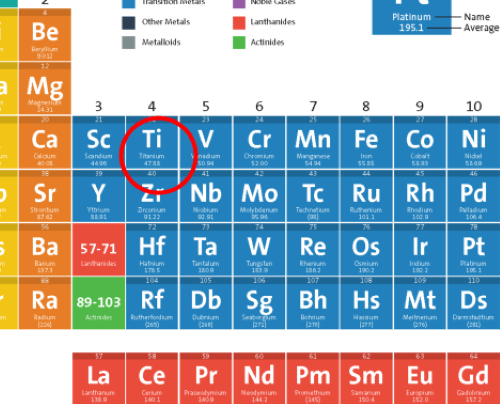
ASTM B348 Standard Specification for Rods and Bars made from Titanium and Titanium Alloys: Chemical Compositions
|
Products |
Compositions |
|
UNS R50250 |
Unalloyed Titanium |
|
UNS R50400 |
Unalloyed Titanium |
|
UNS R50550 |
Unalloyed Titanium |
|
UNS R50700 |
Unalloyed Titanium |
|
UNS R56400 |
6 % Aluminium, 4 % Vanadium |
|
UNS R54520 |
5 % Aluminium, 2.5 % Tin |
|
UNS R52400 |
0.12 to 0.25 % Palladium |
|
UNS R56320 |
3 % Aluminium, 2.5 % Vanadium |
|
UNS R52250 |
0.12 to 0.25 % Palladium |
|
UNS R53400 |
0.3 % Molybdenum, 0.8 % Nickel |
|
UNS R53413 |
0.5 % Nickel, 0.05 % Ruthenium |
|
UNS R53414 |
0.5 % Nickel, 0.05 % Ruthenium |
|
UNS R53415 |
0.5 % Nickel, 0.05 % Ruthenium |
|
UNS R52402 |
0.04 to 0.08 % Palladium |
|
UNS R52252 |
0.04 to 0.08 % Palladium |
|
UNS R56322 |
Titanium alloy with 3 % Aluminium, 2.5 % Vanadium and 0.04 to 0.08 % Palladium |
|
UNS R58640 |
3 % Aluminium, 8 % Vanadium, 6 % Chromium, 4 % Zirconium, 4 % Molybdenum |
|
UNS R58645 |
3 % Aluminium, 8 % Vanadium, 6 % Chromium, 4 % Zirconium, 4 % Molybdenum and 0.04 to 0.08 % Palladium |
|
UNS R58210 |
15 % Molybdenum, 3 % Aluminium, 2.7 % Niobium and 0.25 % Silicon |
|
UNS R56407 |
6 % Aluminium, 4 % Vanadium with particularly low interstitials, ELI |
|
UNS R56405 |
6 % Aluminium, 4 % Vanadium and 0.04 to 0.08 % Palladium |
|
UNS R56403 |
6 % Aluminium, 4 % Vanadium, 0.3 to 0.8 % Nickel and 0.04 to 0.08 % Palladium |
|
UNS R52404 |
0.08 to 0.14 % Ruthenium |
|
UNS R52254 |
0.08 to 0.14 % Ruthenium |
|
UNS R56323 |
3 % Aluminium, 2.5 % Vanadium and 0.08 to 0.14 % Ruthenium |
|
UNS R56404 |
6 % Aluminium, 4 % Vanadium, Extra Low Interstitial (ELI) and 0.08 to 0.14 % Ruthenium |
|
UNS R53530 |
0.3 % Cobalt, 0.05 % Palladium |
|
UNS R53532 |
0.3 % Cobalt, 0.05 % Palladium |
|
UNS R55111 |
5 % Aluminium, 1 % Tin, 1 % Zirconium, 1 % Vanadium and 0.8 % Molybdenum |
|
UNS R53442 |
0.4 % Nickel, 0.015 % Palladium, 0.025 % Ruthenium and 0.15 % Chromium |
|
UNS R53445 |
0.4 % Nickel, 0.015 % Palladium, 0.025 % Ruthenium and 0.15 % Chromium |
|
UNS R56340 |
4.5 % Aluminium, 2 % Molybdenum, 1.6 % Vanadium, 0.5 % Iron and 0.3 % Silicon |
|
UNS R58450 |
45 % Niobium |
|
UNS R52815 |
1.5 % Aluminium |
|
UNS R54250 |
4 % Aluminium, 2.5 % Vanadium and 1.5 % Iron |
|
UNS R56461 |
6 % Aluminium, 1 % Iron |
ASTM B348 Standard Specification for Bars and Rods made from Titanium and Titanium Alloys: Dimensional Tolerance
- Hot-worked Round and Square Bars
|
Designated Size |
Size Deviations |
Out-of-round or Out-of-square, B |
|
1/4 to 5/16 in. |
± 0.005 in./0.13 mm |
0.008 in./0.20 mm |
|
Over 5/16 to 7/16 in. |
± 0.006 in./0.15 mm |
0.009 in./0.23 mm |
|
Over 7/16 to 5/8 in. |
± 0.007 in./0.18 mm |
0.010 in./0.25 mm |
|
Over 5/8 to 7/8 in. |
± 0.008 in./0.20 mm |
0.012 in./0.30 mm |
|
Over 7/8 to 1 in. |
± 0.009 in./0.23 mm |
0.013 in./0.33 mm |
|
Over 1 to 1 1/8 in. |
± 0.010 in./0.25 mm |
0.015 in./0.38 mm |
|
Over 1 1/8 to 1 1/4 in. |
± 0.011 in./0.28 mm |
0.016 in./0.41 mm |
|
Over 1 1/4 to 1 3/8 in. |
± 0.012 in./0.30 mm |
0.018 in./0.46 mm |
|
Over 1 3/8 to 1 1/2 in. |
± 0.014 in./0.36 mm |
0.021 in./0.53 mm |
|
Over 1 1/2 to 2 in. |
± 1/64 in./0.40 mm |
0.023 in./0.58 mm |
|
Over 2 to 2 1/2 in. |
+ 1/32, - 0 in./0.79 mm |
0.023 in./0.58 mm |
|
Over 2 1/2 to 3 1/2 in. |
+ 3/64, - 0 in./1.19 mm |
0.035 in./0.89 mm |
|
Over 3 1/2 to 4 1/2 in. |
+ 1/16, - 0 in./1.59 mm |
0.046 in./1.17 mm |
- Hot-formed Hexagons and Octagons
|
Specified Size between Opposite Sides |
Size Deviation |
Maximum Deviation, 3 Measurements |
|
1/4 to 1/2 in. |
± 0.007 in./0.18 mm |
0.011 in./0.28 mm |
|
Over 1/2 to 1 in. |
± 0.010 in./0.25 mm |
0.015 in./0.38 mm |
|
Over 1 to 1 1/2 in. |
± 0.021 in./0.53 mm |
0.025 in./0.64 mm |
|
Over 1 1/2 to 2 in. |
± 1/32 in./0.79 mm |
1/32 in./0.79 mm |
|
Over 2 to 2 1/2 in. |
± 3/64 in./1.19 mm |
3/64 in./1.19 mm |
|
Over 2 1/2 to 3 1/2 in. |
± 1/16 in./1.59 mm |
1/16 in./1.59 mm |
- Hot-worked Flat Bars
|
|
Deviation of Thickness from Specified Thickness, in./mm |
|||
|
Specified Widths |
Up to 1 in. |
Over 1/2 to 1 in. |
Over 1 to 2 in. |
Width Variation |
|
Up to 1 in. |
± 0.008 in./0.20 mm |
± 0.010 in./0.25 mm |
... |
+ 1/64, - 1/64 in. |
|
Over 1 to 2 in. |
± 0.012 in./0.30 mm |
± 0.015 in./0.38 mm |
± 1/32 in./0.79 mm |
+ 1/32, - 1/32 in. |
|
Over 2 to 4 in. |
± 0.015 in./0.38 mm |
± 0.020 in./0.51 mm |
± 1/32 in./0.79 mm |
+ 1/16, - 1/32 in. |
|
Over 4 to 6 in. |
± 0.015 in./0.38 mm |
± 0.020 in./0.51 mm |
± 1/32 in./0.79 mm |
+ 3/32, - 1/16 in. |
|
Over 6 to 8 in. |
± 0.016 in./0.41 mm |
± 0.025 in./0.64 mm |
± 1/32 in./0.79 mm |
+ 1/8, - 5/32 in. |
|
Over 8 to 10 in. |
± 0.021 in./0.53 mm |
± 0.031 in./0.79 mm |
± 1/32 in./0.79 mm |
+ 5/32, - 3/16 in. |
- Cold-finished Rounds
|
Designated Size |
Size Deviation, A |
|
Over 1/2 to 1 in. / 12.70 to 25.40 mm, without |
± 0.002 in./0.05 mm |
|
25.40 to 38.10 mm, excluding |
± 0.0025 in./0.06 mm |
|
1 1/2 to 4 in. / 38.10 to 101.60 mm, inclusive |
± 0.003 in./0.08 mm |
- Cold-worked Hexagons, Octagons and Squares
|
Designated Size, in. / mm |
Size Deviation, A in. in./mm |
|
Over 1/2 to 1 in. / 12.70 to 25.40 mm, inclusive |
+ 0, - 0.004 in./-0.10 mm |
|
Over 25.40 to 50.80 mm (1 to 2 in.), inclusive |
+ 0, - 0.006 in./-0.16 mm |
|
Over 50.80 to 76.20 mm (2 to 3 in.), inclusive |
+ 0, - 0.008 in./-0.20 mm |
|
Over 76.20 mm (3 in.) |
+ 0, - 0.010 in./-0.25 mm |
ASTM B348 Standard Specification for Bars and Rods made from Titanium and Titanium Alloys: FAQs
1. What is ASTM B348?
ASTM B348 is a standard specification developed by ASTM International. It defines the requirements for hot- or cold-worked rods and bars produced from titanium and titanium alloys. The specification covers chemical composition, mechanical properties, dimensions and surface finish.
2. Which materials are covered under ASTM B348?
ASTM B348 covers a range of titanium and titanium alloys. This includes unalloyed titanium (Grades 1 to 4) and various alloyed grades (for example, Grade 5, i.e. Ti 6Al-4V, and Grade 23, i.e. Ti 6Al-4V ELI). Each grade has specific chemical and mechanical attributes that suit different applications.
3. Who uses ASTM B348?
Industries such as aerospace, medical technology, chemical processing, maritime and automotive utilise ASTM B348 materials. Engineers, designers and procurement specialists rely on the specification to ensure that the materials meet the required performance and quality criteria.
4. How are materials tested for compliance with ASTM B348?
Materials are examined using various methods to verify compliance with ASTM B348. Chemical analyses, tensile tests and additional tests such as bending or fracture toughness evaluations are performed. The tests are conducted in accredited laboratories.
5. Can materials conforming to ASTM B348 be used for medical implants?
Yes, certain materials under ASTM B348, such as Grade 23 (Ti 6Al-4V ELI), are specifically designated for surgical implant applications. The materials are selected for their biocompatibility, mechanical properties and resistance to corrosion.
6. How does ASTM B348 relate to other titanium standards?
ASTM B348 is one among several standards for titanium materials. Other standards include ASTM B265, which covers sheets, strips and plates, and ASTM F136, which pertains to wrought titanium alloys for surgical implants. ASTM B348 specifically addresses rod and bar forms, while each standard covers distinct product forms or applications.
7. Are there any special considerations in machining ASTM B348 materials?
Titanium and its alloys exhibit specific properties that require particular machining techniques. Low thermal conductivity and a tendency for tool wear are observed. Appropriate machining methods, cutting tool materials and coolants are therefore necessary to maintain the mechanical properties of ASTM B348 materials.

 Bars
Bars
 Beads & Spheres
Beads & Spheres
 Bolts & Nuts
Bolts & Nuts
 Crucibles
Crucibles
 Discs
Discs
 Fibers & Fabrics
Fibers & Fabrics
 Films
Films
 Flake
Flake
 Foams
Foams
 Foil
Foil
 Granules
Granules
 Honeycombs
Honeycombs
 Ink
Ink
 Laminate
Laminate
 Lumps
Lumps
 Meshes
Meshes
 Metallised Film
Metallised Film
 Plate
Plate
 Powders
Powders
 Rod
Rod
 Sheets
Sheets
 Single Crystals
Single Crystals
 Sputtering Target
Sputtering Target
 Tubes
Tubes
 Washer
Washer
 Wires
Wires
 Converters & Calculators
Converters & Calculators
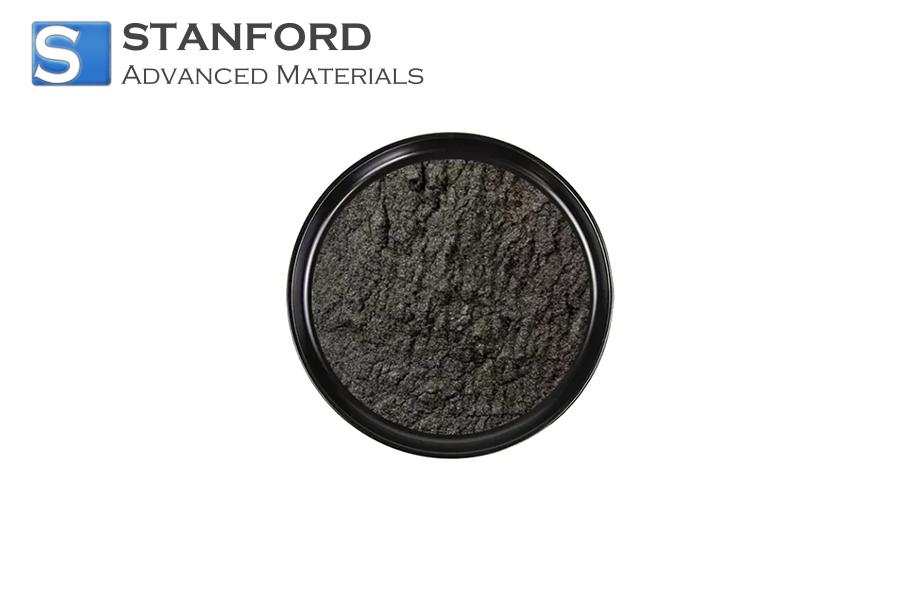
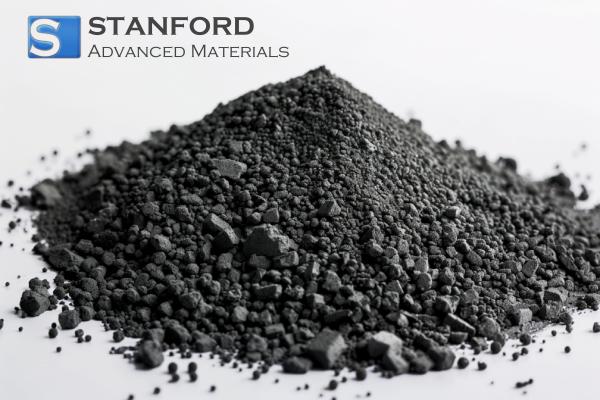
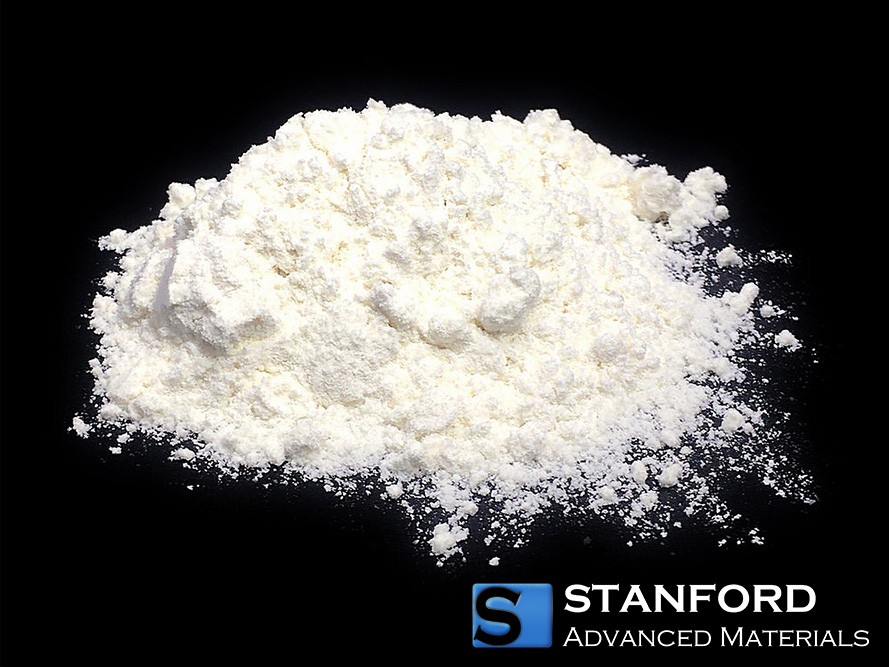
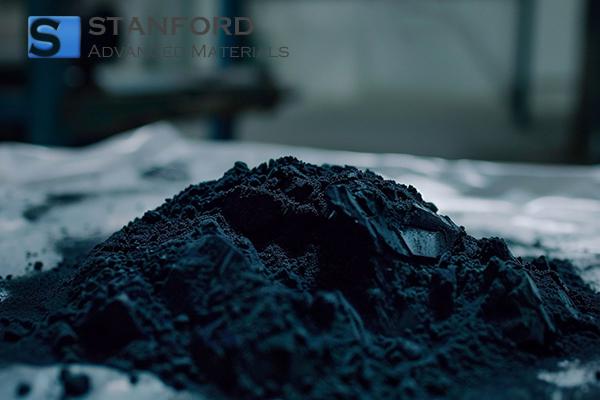
 Chin Trento
Chin Trento

